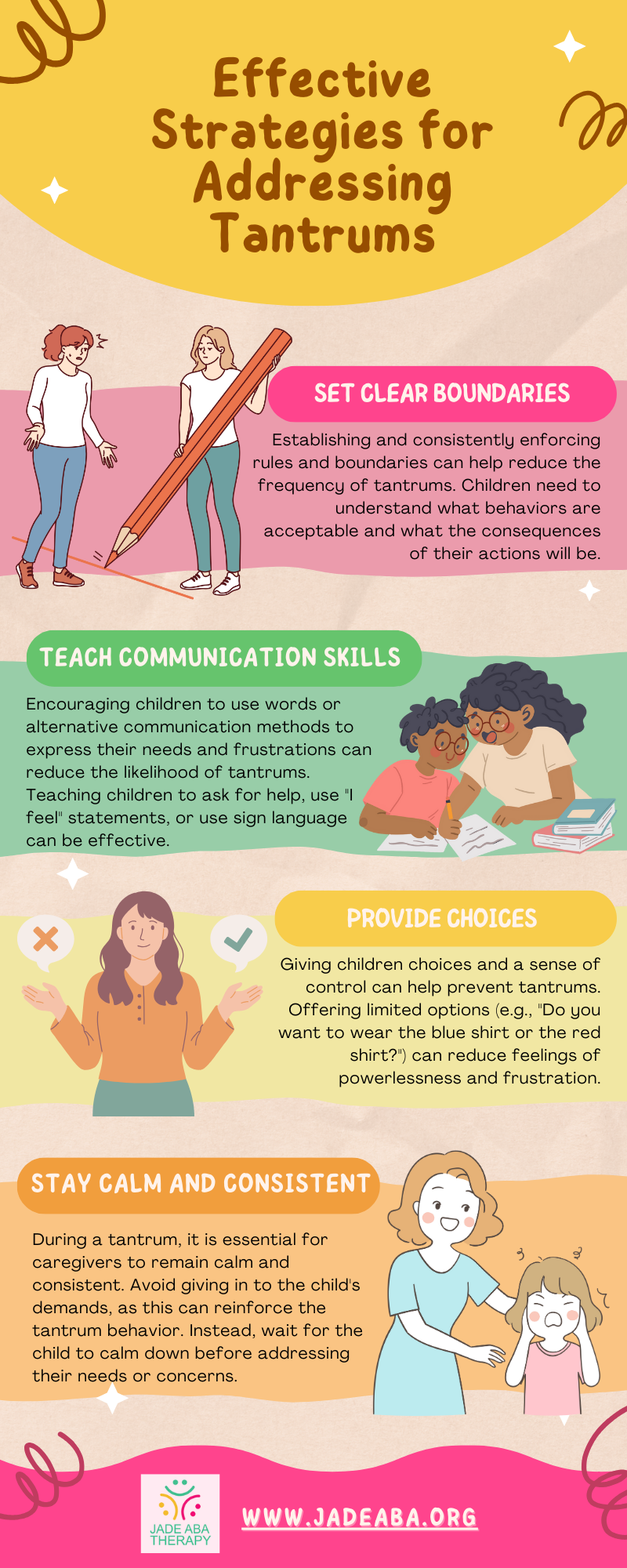Understanding the behavioral responses of individuals with autism can be challenging, especially when distinguishing between an autism meltdown and a tantrum. Both meltdowns and tantrums can involve intense emotions and physical actions, but they stem from different causes and require different approaches for effective management.
Choose best ABA therapy in Maryland to get more information about autism meltdown and tantrum with out expert insights
This article explores the key differences between autism meltdowns and tantrums.

Defining Autism Meltdown
An autism meltdown is an intense response to overwhelming sensory, emotional, or cognitive stimuli. Unlike tantrums, meltdowns are not goal-oriented behaviors and cannot be controlled or directed by the individual experiencing them.
Meltdowns are often a result of sensory overload, changes in routine, or emotional distress and can manifest in various ways, including crying, screaming, self-injury, or withdrawal.

Defining Tantrum
On the other hand, a tantrum is a goal-oriented behavior often seen in young children when they are frustrated or denied something they want. Tantrums are a form of communication, where the individual is trying to express their displeasure or attempt to get their way. These outbursts can include crying, yelling, stomping, or other aggressive behaviors but typically cease once the desired outcome is achieved or the child is distracted.
Key Differences Between Meltdowns and Tantrums
Autism meltdowns and tantrums share similarities in that they both involve emotional responses, but they differ significantly in nature and purpose.
A meltdown is an intense emotional reaction triggered by overwhelming stimuli or emotional distress. During a meltdown, individuals with autism experience a flood of emotions such as fear, frustration, or anxiety, often compounded by sensory overload or changes in routine. These reactions are typically involuntary, and individuals may lose control over their emotions and behaviors. They might cry uncontrollably, scream, or engage in repetitive movements as a way to cope with the overwhelming feelings.
Importantly, communication during a meltdown can be extremely challenging or non-existent, making it difficult for the individual to express their needs or feelings effectively.
In contrast, a tantrum is a purposeful behavior used to achieve a specific goal or communicate a desire. Individuals with autism may throw tantrums when they are denied something they want, told “no,” or feel frustrated by a situation.
Tantrums are characterized by behaviors such as screaming, kicking, or demanding attention, often aimed at gaining a desired object, activity, or response from others. Unlike meltdowns, tantrums involve some level of control over behavior. The individual may stop the tantrum once their goal is achieved or if the situation changes.
Despite their deliberate nature, tantrums can still be challenging for individuals with autism to manage, as they may struggle with alternative ways to communicate their desires or frustrations effectively.
Recognizing these differences is crucial for caregivers, educators, and peers to provide appropriate support and intervention strategies. By understanding whether an individual is experiencing a meltdown or a tantrum, supportive measures can be tailored to help manage emotions, reduce stress, and foster effective communication skills for individuals with autism.
The Science Behind Autism Meltdowns
Research suggests that meltdowns in individuals with autism are often linked to sensory processing differences. According to a study, individuals with autism may have heightened or diminished sensitivity to sensory inputs, which can lead to sensory overload and meltdowns.
Furthermore, emotional regulation difficulties play a significant role in meltdowns. Another study found that individuals with autism often struggle with identifying, understanding, and managing their emotions, making them more susceptible to intense emotional outbursts when faced with stress or changes in their environment.

Managing Autism Meltdowns
Caregivers and educators can help prevent meltdowns by identifying and minimizing exposure to known triggers. Keeping a sensory diary can help track patterns and identify specific stimuli that cause distress.
Also, providing a calm and predictable environment can help reduce the likelihood of meltdowns. This includes maintaining a consistent routine, using visual schedules, and providing sensory-friendly spaces.
Lastly, helping individuals with autism develop coping strategies, such as deep breathing, using sensory tools (e.g., weighted blankets, noise-canceling headphones), or taking breaks, can empower them to manage their emotions better.
Addressing Tantrums
While tantrums are a normal part of child development, it is essential to address them appropriately to prevent them from becoming a problematic behavior pattern.
Here are some strategies to help address them:

Understanding the differences between autism meltdowns and tantrums is crucial for providing appropriate support and interventions. Meltdowns are involuntary responses to overwhelming stimuli, often stemming from sensory processing differences and emotional regulation challenges. In contrast, tantrums are goal-oriented behaviors aimed at achieving a specific outcome.
By recognizing the unique characteristics and triggers of meltdowns and tantrums, caregivers and educators can implement effective strategies to manage these behaviors.
Through understanding and appropriate intervention, we can help individuals with autism navigate their world more comfortably and effectively.
To learn more about how Jade ABA Therapy can help, feel free to contact us today and explore the best solutions for your loved one.




